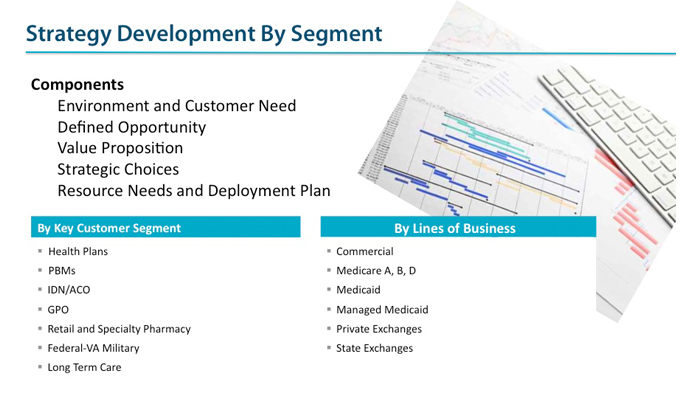Healthcare strategies are important for both individuals and organizations. Current medical care payment system is dependent on amount paid in advance to the hospital by patient and the charges depend on the procedures carried out along with diagnosis. Importance of right health System strategy can help a company or an organization save a lot of money. There are several important points that can help reduce the cost and ensure effective implementation of health care sector or concern.
Relationship with the physicians or hospitals is extremely important part of health care system. While going out for providing a health care system for the employees, companies need to prepare a contract under which insurance terms or conditions can be mentioned like a specific amount is fixed and can be utilized in a financial year related to any employee or his dependent requirement. There may be other things that can be added depending the requirement or choice of the employee like adding a dependent family member in the scheme. While issuing a contract, it is important to get proper contract analysis performed by an expert so that you can get an idea about what is included in the contract and what can be removed. Proper analysis of contracts can help reduce the cost levied in the financial year and also helps in reducing the overall cost. If the strategy is properly laid then the cost accrued can also be reduced on the company.

